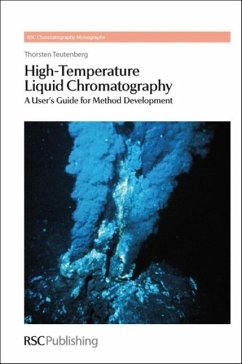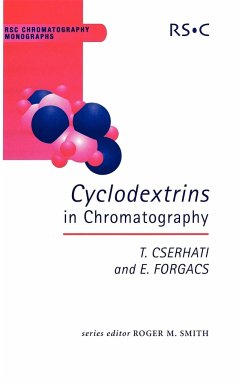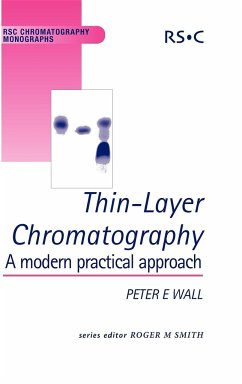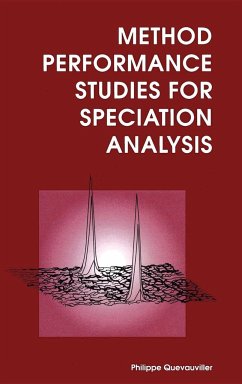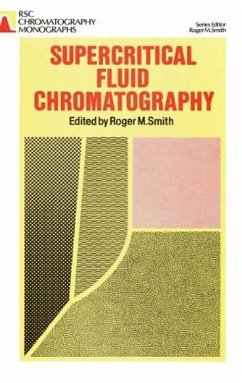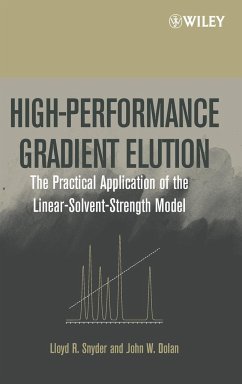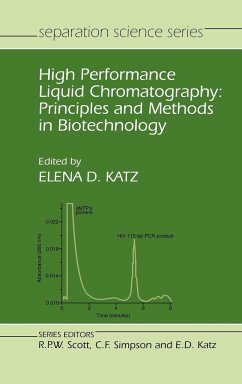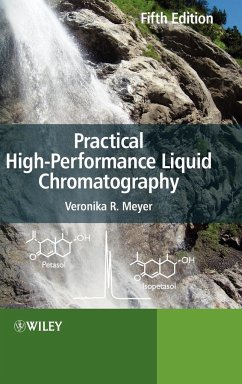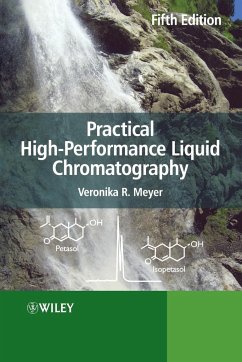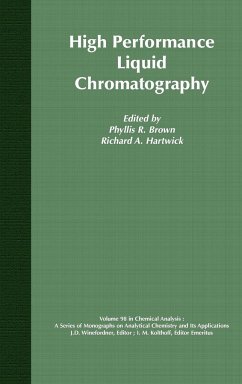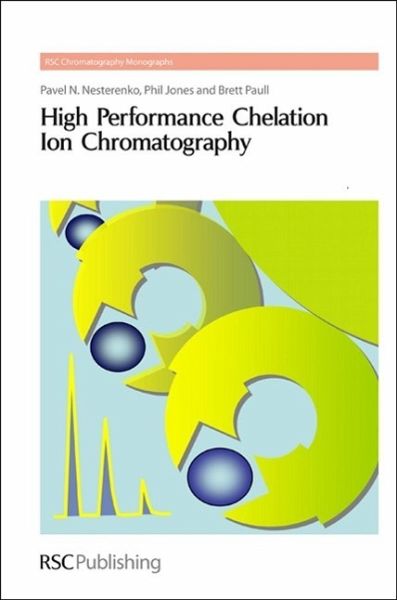
High Performance Chelation Ion Chromatography

PAYBACK Punkte
63 °P sammeln!
Established ion chromatography techniques have changed little since the 1980s but a new technique, high performance chelation ion chromatography (HPCIC), has revolutionized the area. HPCIC enables a much greater range of complex samples to be analyzed and this is the first comprehensive description of its use in the trace determination of metals. Written by world leaders in the field, it is aimed at professionals, postgraduates, chromatographers, analytical chemists, and industrial chemists. The book describes the underlying principles which give rise to the special selectivities that can be c...
Established ion chromatography techniques have changed little since the 1980s but a new technique, high performance chelation ion chromatography (HPCIC), has revolutionized the area. HPCIC enables a much greater range of complex samples to be analyzed and this is the first comprehensive description of its use in the trace determination of metals. Written by world leaders in the field, it is aimed at professionals, postgraduates, chromatographers, analytical chemists, and industrial chemists. The book describes the underlying principles which give rise to the special selectivities that can be chosen for separating specific groups of metals. It also covers the latest research and gives many examples of its application to real samples. The very latest developments in detection techniques are included showing that HPCIC can rival atomic spectroscopic techniques such as ICP-MS. The detailed description of the fundamental principles controlling the separation of trace metals using chelating substrates is unique to this book. It shows how HPCIC differs from the commonly used simple ion exchange techniques and how these chelation characteristics give rise to a much more useful and versatile metal separation system. Readers will also be interested in the analysis of extremely difficult matrices, such as saturated brines, easily achieved by HPCIC but requiring very complex multi column systems using other ion chromatography methods.





